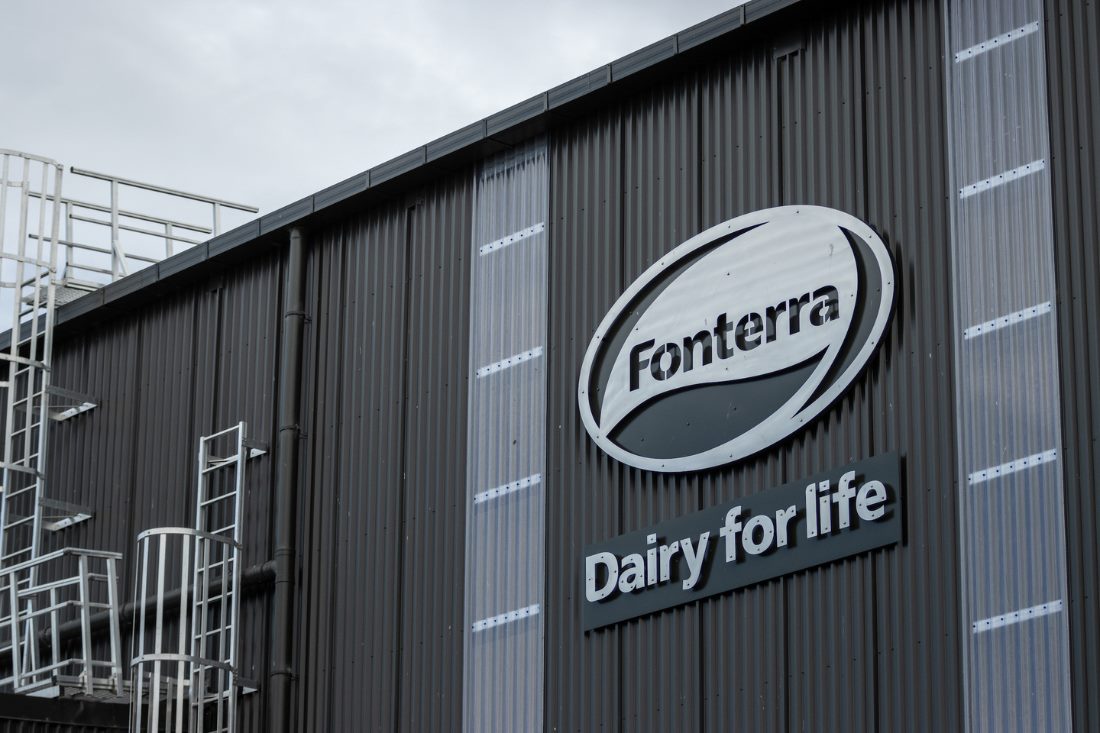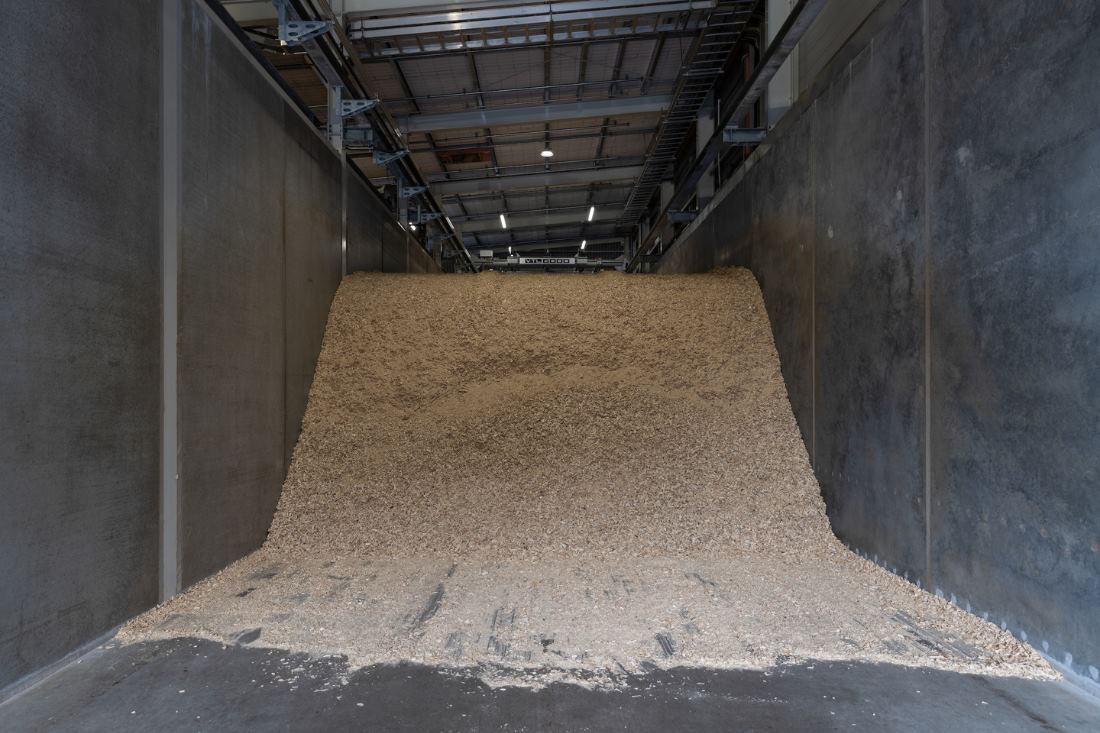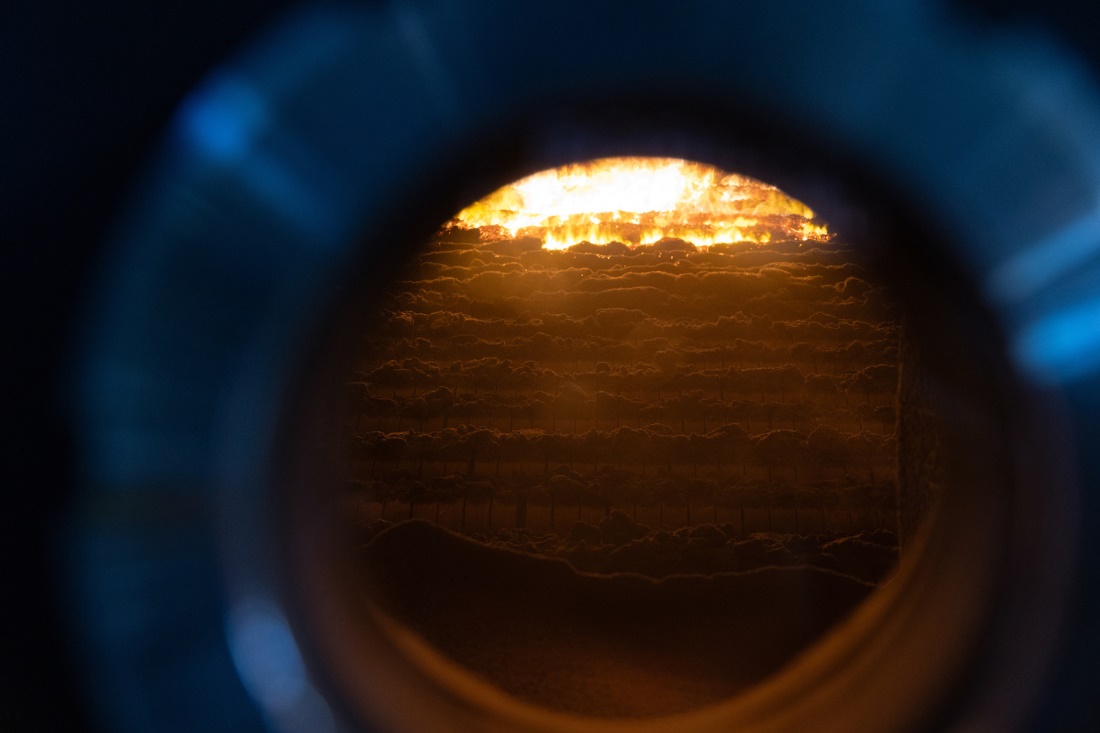Cheese from trees: Fonterra Stirling site running on wood biomass
Fonterra’s Stirling manufacturing site is celebrating becoming the Co-op’s first manufacturing site in the South Island to get off coal and the first site to be running on 100% renewable thermal energy.
Moving to wood biomass means a reduction of 18,500 tonne of CO2 per year and the site’s electricity supply comes from hydroelectricity.
This is a key move to help Fonterra achieve a 50% reduction in Scope 1&2 emissions by 2030 from a 2018 baseline and meet our ambition to be net zero by 2050.
Fonterra Chief Operating Officer (acting) Anna Palairet says the Stirling site moving off coal is key to the Co-op reducing its emissions.
“Stirling moving to wood biomass is a crucial step for the Co-op to exit coal by 2037.
“Our collective efforts from on farm, across our operations and our R&D teams to reduce emissions, will help future proof Fonterra, supporting our ambition to be a long-term sustainable Co-op for generations to come.”
Stirling is known for its high-quality cheese and processes around 10,500 20kg blocks of cheese per day – that’s around 10 blocks per minute.
Our collective efforts from on farm, across our operations and our R&D teams to reduce emissions, will help future proof Fonterra, supporting our ambition to be a long-term sustainable Co-op for generations to come.
This is a $33 million project that has had local contractors engaged over the last two years with up to 50 contractors onsite per day working to get the boiler up and running and navigating a number of challenges due to COVID-19.
There were also significant economic benefits for the community – the installation has contributed around $10 million into the Otago/Southland region – and additional environmental benefits in wastewater, noise, solid waste to landfill and air discharge.
Fonterra is proud to partner with Wood Energy who provide the wood biomass.
Further details on the Co-op’s work to reduce emissions associated with manufacturing:
- Fonterra expects to further reduce its emissions through a combination of energy efficiency initiatives and switching fuels at its six manufacturing sites that will still be using coal in 2024, and ultimately stop using coal by 2037.
- Fonterra’s Waitoa manufacturing site is now using around 50% less coal as its new wood biomass boiler is operational. This was the third Fonterra manufacturing site to reduce coal use in 2023. The biomass boiler will reduce the site’s annual emissions by at least 48,000 tonnes of CO₂ₑ, the equivalent of taking 20,000 cars off New Zealand’s roads.
- Fonterra is in the process of converting the coal boilers at its Hautapu site to wood pellets. Once complete later this year, the Hautapu site will reduce its carbon emissions by a forecast 15,785 tonnes per annum - the equivalent of taking about 6,500 cars off New Zealand’s roads.
- Fonterra has announced it will install a 20-megawatt electrode boiler at its Edendale site in Southland. The forecast $36 million investment in the electrode boiler will reduce the Edendale site’s emissions by around 20% or 47,500 tonnes of CO2e per annum – the equivalent of taking almost 20,000 cars off NZ roads - and will reduce Fonterra’s overall carbon emissions from its NZ 2018 baseline by nearly 3% per annum once operational in FY25.
- In 2020, The Te Awamutu manufacturing site converted its coal boiler to wood pellets, reducing the Co-op’s national coal consumption by 9 per cent, reducing more than 84,000 tonnes of carbon emissions per year – the same as taking 32,000 cars off the road.
- In 2018, the Brightwater site near Nelson switched to co-firing biomass, helping reduce CO2e emissions by 25 percent, or the equivalent of taking 530 cars off the road.




